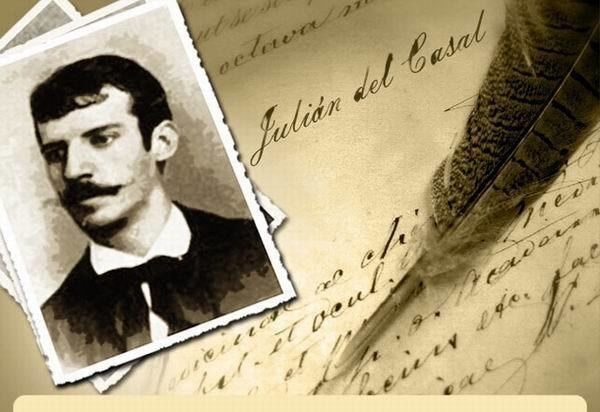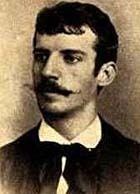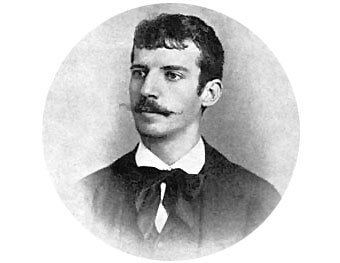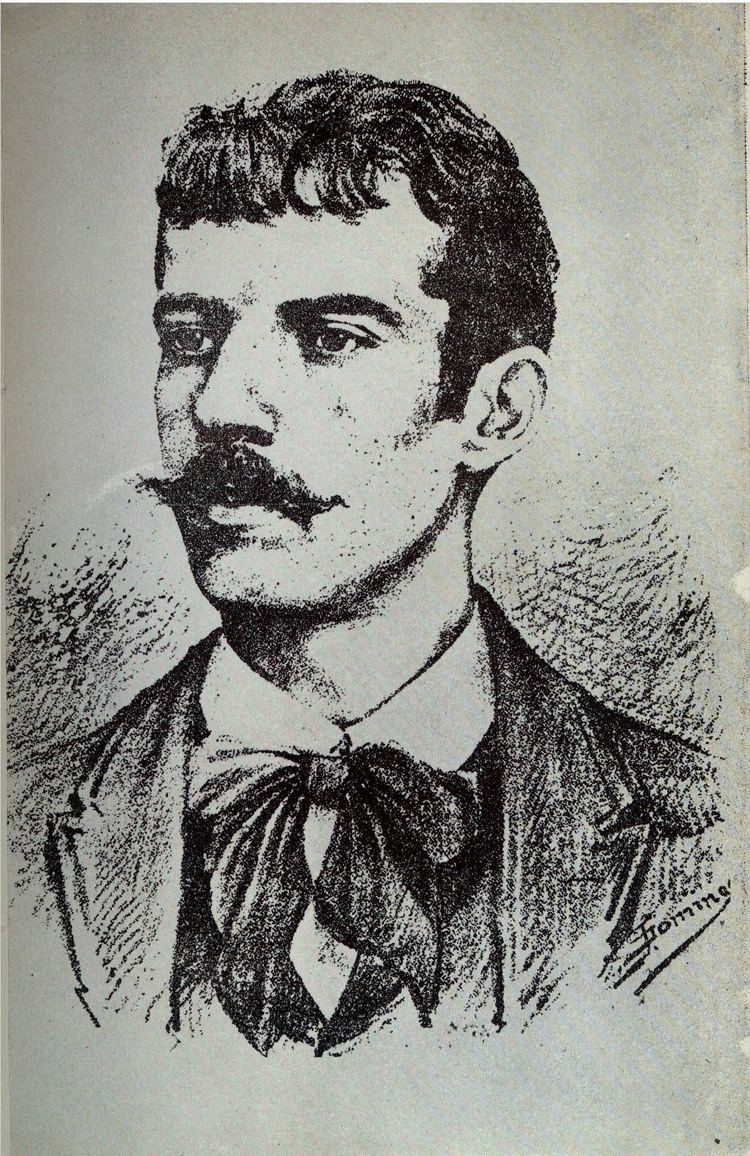Name Julian Casal | Role Poet | |
 | ||
Died October 21, 1893, Havana, Cuba Books The Poetry of Julian Del Casal: A Critical Edition Similar People Ruben Dario, Jose Asuncion Silva, Julio Herrera y Reissig, Jose Marti, Leconte de Lisle | ||
Video resena poesia completa y prosa selecta de julian del casal alvaro savador
José Julián Herculano del Casal y de la Lastra (November 7, 1863 – October 21, 1893) was a Cuban poet.
Contents
- Video resena poesia completa y prosa selecta de julian del casal alvaro savador
- Poesa de Julin del Casal
- Major works
- References

He took his influence from the French poetic styles of the day and, later, Rubén Darío and Modernismo. Like Manuel González Prada and José Martí, Casal was an important forebearer of modernistic expression in Latin America. Casal seemed almost obsessed with comparing natural vs. "man-made" perspectives.

Poesía de... Julián del Casal
Major works

Casal published only two poetry collections during his lifetime, Hojas al viento and Nieve. His last collection, Bustos y rimas, appeared in 1893 shortly after his death and was completed with the help of Casal's friend, Hernández Miyares. It differs from his earlier works because it contains both prose and poetry. Hojas includes forty-nine poems and is considered an example of Casal's early writing style. The poems in this collection are topical in nature and often refer to contemporary events. A few of them were even characterized as "imitations" and show the influence of other writers. The work was well received by his contemporaries as an early offering by a poet with much promise. Casal continued to publish poems in various Cuban periodicals and, in 1892, he collected many of these pieces in his second collection, Nieve. Divided into five sections, the poems in this collection are categorized according to theme. The first section, "Bocetos antiguos", includes poems inspired by pagan and Judeo-Christian thought; the second section, "Mi museo ideal," is famous because the poems contained in it were inspired by the art of Gustave Moreau, with whom Casal had an ongoing correspondence. The third section, "Cromos españoles," is a collection of well-known Spanish word pictures. The fourth, "Marfiles viejos," contains sixteen sonnets, all reflecting his fears and concerns about life in general. The fifth and final section titled, "La gruta del ensueño," completes the collection with seventeen miscellaneous poems. Nieve met with some critical success, although most contemporaries in Cuba felt that Casal's themes were too dark and pessimistic.

